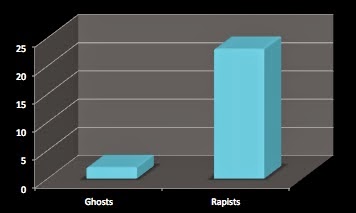Media forms and institutions and their signs, codes and systems along with awareness of culture, context and audiences can reveal alot about the medias engagement with FMV.
Macro Textual analysis
Tone
Spectacle
Realism
Narrative
Genre
The Representation of FMV
1. However 'realistic' they look media images are never directly present the world = constructed re-presentation of world.
2. Media represent certain situations, stories again and again = naturalising them.
3. Some images, situations stories presented in limited/oppressive, 'types', 'othering', 'stereotypes'.
Acceptable Media Violence (Carter and Weaver 2005:68)
"...'acceptable' film violence performs a social role in communicating the legitimate right to be violent and who does not, who should fear violence and who should not."
FMV is not 'just' entertainment, it is ideological, our engagement with it is negotiated based on our dispositions.
Victim Triangle
1. Victim (innocent, helpless)
2. Victimiser (immoral, unjustified)
3. Rescuer (Legitimate, justified)
Context (moral, social, political)
-Mercy or forgiveness to victimiser
-Construct normative media Violence
Constructed Impression of Realism (King 2004)
1. Claims status of Actuality
e.g. Based on a true story or main character has the same name as a real person. Henry Potrait of a serial killer, Henry has the same name as a real serial killer in America.
2. Emphasis: Performative Realism
e.g. someone gets punched they go down in real life, however in fictional violence people are beaten senseless yet get up and act as if they were touched by a feather.
3. Representational codes/conventions of realism, camera, sound, editing e.g. Man Bites Dog is filmed on a 16mm camera conventional of a home movie or self shoot.
4. Alignment to realist modes of film making
Non-Serious Modality (King 2004)
Tendency = Palatable, detached, entertaining
1. Spectacle (heavy stylised)
2. Generic Conventions (part of anticipated repertoire)
3. Comedy (satire, slapstick, dark)
Mixing Modalities
The balance of 'operative' modalities can shift from moment to moment in media texts, the two modalities are not always mutually exclusive.
Spectacle and Narrative (Leo Charney 2001)
Narrative
Narrative Continuity
Realism
Linearity
Cause and Effect
Story/Plot/Character
Spectacle
Spectacular moments
Attractions
Violent Shocks
Sensation/Affect
Formalism





